Building of the Day: 554 Washington Avenue, and the Story of the Lafayette Statue
Brooklyn, one building at a time. Name: Semi-detached house Address: 554 Washington Avenue Cross Streets: Fulton Street and Atlantic Avenue Neighborhood: Clinton Hill Year Built: Around 1872 Architectural Style: Italianate with Second Empire details Architect: Unknown Landmarked: No, but part of Clinton Hill South Historic District on the National Register of Historic Places (1986) The story:…
Brooklyn, one building at a time.
Name: Semi-detached house
Address: 554 Washington Avenue
Cross Streets: Fulton Street and Atlantic Avenue
Neighborhood: Clinton Hill
Year Built: Around 1872
Architectural Style: Italianate with Second Empire details
Architect: Unknown
Landmarked: No, but part of Clinton Hill South Historic District on the National Register of Historic Places (1986)
The story: Because it’s on the far side of Fulton Street, between Fulton and Atlantic Avenue, the architecture over here sometimes gets overlooked. Fulton Street, one of the busiest in the city, can be a great divider, if only psychologically.
But there is actually a lot going on over here, with several buildings worth a second look. This home is certainly one of them. It’s a wonderful Italianate/Second Empire villa, with great eyebrow dormers, tucked away in the middle of the block.
It was built for Henry Harteau, one of Brooklyn’s successful movers and shakers during the latter half of the 19th century. We don’t have an exact date on when the house was built, and don’t know who built it, but Harteau’s name and this address show up in the 1872 Brooklyn Directory, the phone book of its day.
Henry Harteau was born in Massachusetts in 1819. When he was 18, like quite a few other New Englanders, he made his way to Brooklyn, where he became a clerk in a grocery business. By 1842, he had saved enough to open his own grocery, but soon found that he really didn’t like it.
He ended up as a private secretary for a stone merchant at the Navy Yard, and eventually went into that business himself. In addition to stone and other building materials, he also sold windows and plate glass. By 1871, he was able to retire from his very successful business.
Soon afterwards, he moved to this house that he had built for himself and his wife.
1895 Brooklyn Eagle
Harteau got involved in Brooklyn politics early on. Unlike most of his successful contemporaries, he was a Democrat, not a Republican. In the 1850s he ran for tax collector and won; he then went on to become an alderman under two different Brooklyn mayors.
After his last term was up, Harteau retired from city politics. However, in 1886, he was appointed a parks commissioner by Mayor Daniel D. Whitney. He was said to have enjoyed that position immensely, and it may have inspired the last bequest in his will — more about that later.
After his retirement, Harteau was the organizer and first president of the Mechanics and Traders Exchange. In 1874 he and several other men formed the Metropolitan Plate Glass Insurance Company. He was elected the organization’s first president, a job he held until his death, over 20 years later. It was said he never missed a meeting during his entire tenure.
Harteau was a proud member of the Society of Old Brooklynites and the New England and Long Island Historical Societies. He was also a prominent member of the nearby Church of the Messiah, on Clermont Avenue.
1980s tax photo, Municipal Archives
All of that is certainly notable, but the Harteau name also turns up under some interesting, albeit tragic circumstances. In 1895, Mr. and Mrs. Harteau’s only servant, a 22-year-old Swedish girl named Hilma Pierson, set a basement closet on fire, and then drowned herself in a tub of wash water.
The fire was set very early in the morning of April 1, 1895. When the fire department came, they easily put out the blaze, which destroyed only the closet. They then found the poor girl upside down in a large tub of water, her feet in the air, dead.
The coroner’s inquest revealed that Hilma had suffered earlier from typhoid fever. The Harteaus had paid for her stay at the hospital, but when she came back home she was a different person. She became obsessed with scrubbing the basement floor, and would spend hours doing so, only to do it again the next day.
The Harteaus got into the habit of watching out for her, and made sure she went to bed at night. But that night, her tortured mind went its own way, and now she was dead. Her death was ruled the result of insanity.
Google Maps
Harteau himself died of typhoid fever later that same year. In his will he left generous bequests to his wife, sister and niece. He also left bequests to his favorite charities. But one of his largest bequests was to his beloved Brooklyn.
His will stipulated that after his wife’s death, the City of Brooklyn would receive $35,000. That money was to be spent on a statue of the Marquis de Lafayette, the French hero of the American Revolution. He wanted the statue to stand in Prospect Park. Harteau was of French descent, and Lafayette was his hero.
The city fathers were thrilled, but Harteau’s niece was not. She filed suit to contest the will. Her mother died in 1902, and the niece died herself in 1906, long before the widow Harteau, who died in 1913.
But before the niece passed into the beyond, a judge had decided that the will should be broken. Of course with the niece dead, nothing happened. But after Mrs. Harteau died, the money was in limbo. The executors of the estate wanted to go ahead with the memorial.
However, New York had changed. There was no longer a city of Brooklyn, so there was a danger that the money would disappear into New York City’s coffers, never to be seen, with no Lafayette statue as per Harteau’s bequest.
Fortunately, after much legal and bureaucratic wrangling, the go-ahead for the memorial was given.
Daniel Chester-French, one of the country’s most famous sculptors, was chosen to create the work. Among his best known works is the statue of Lincoln at the Lincoln Memorial in Washington, D.C.
Via Boat Against the Current blog
He was commissioned to sculpt what would become a larger than life-sized bronze relief of General Lafayette, set into a pink granite base designed by architect Henry Bacon. The work shows an aristocratic Lafayette in front of his horse. The reins are held by a black servant, and a magnolia tree blossoms on the right side.
The memorial was indeed placed in Prospect Park, as Harteau requested, and still stands at the entrance at Prospect Park West and 9th Street. It was dedicated on May 10, 1917, with members of a French delegation on hand. World War I was still raging in France.
Henry Harteau’s name is prominently featured on the base. People pass it every day and read his name without a clue as to who he was. Now you know.
Top photo: Christopher Bride for PropertyShark
Google Maps

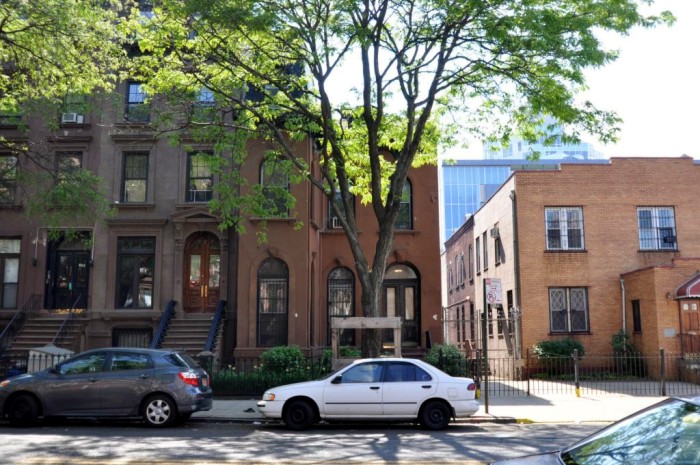



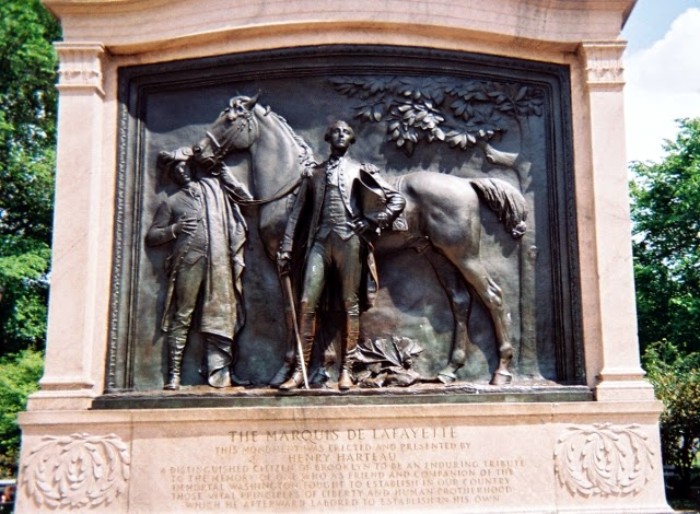
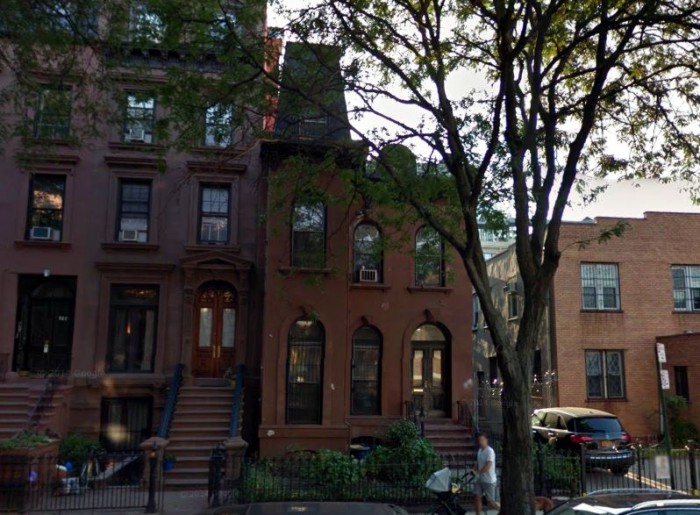

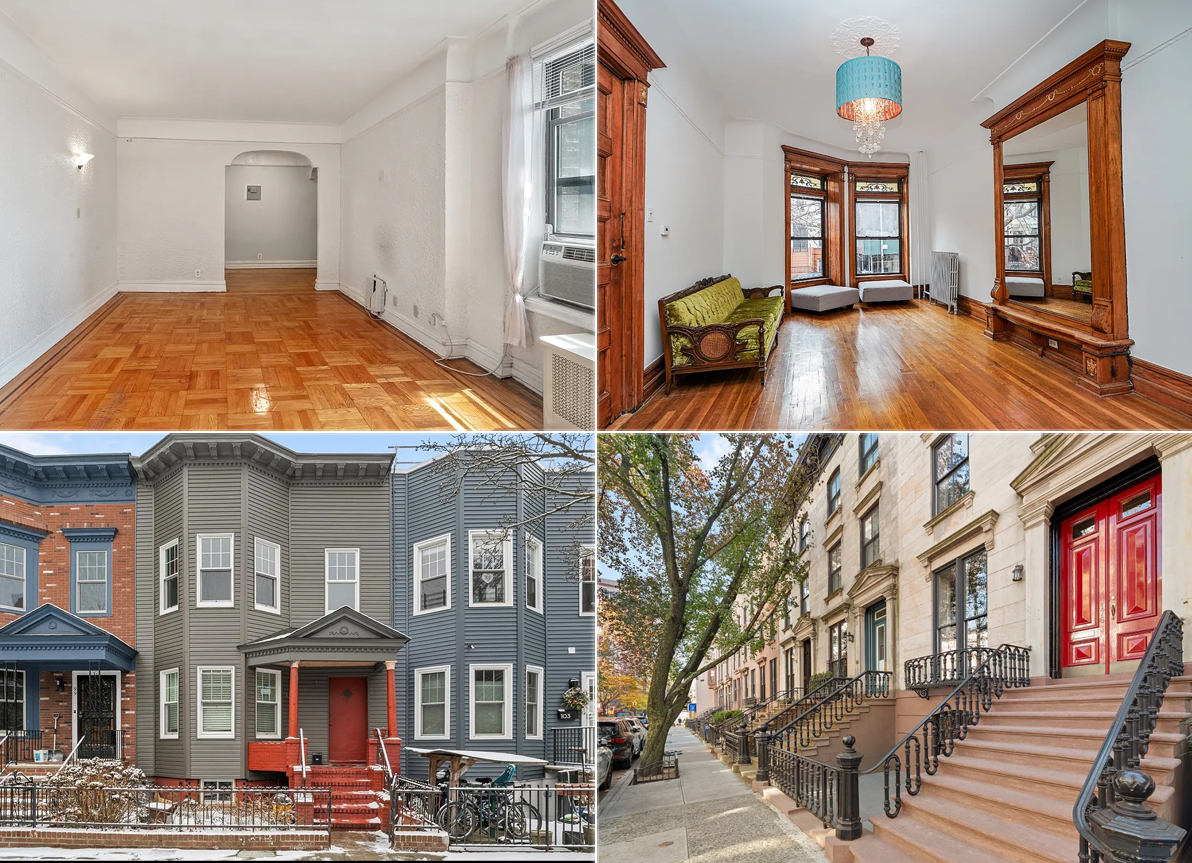
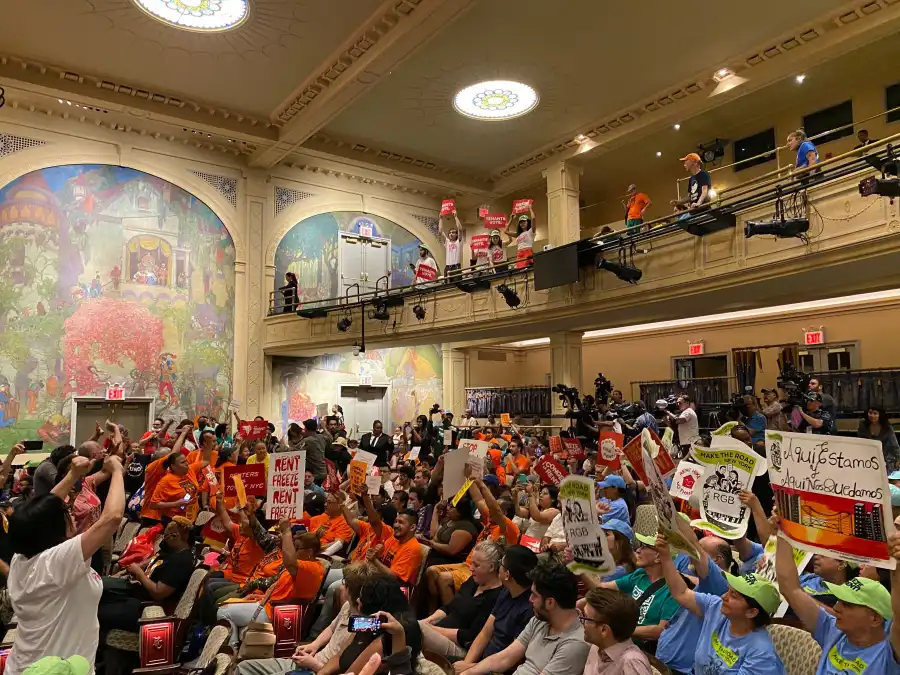
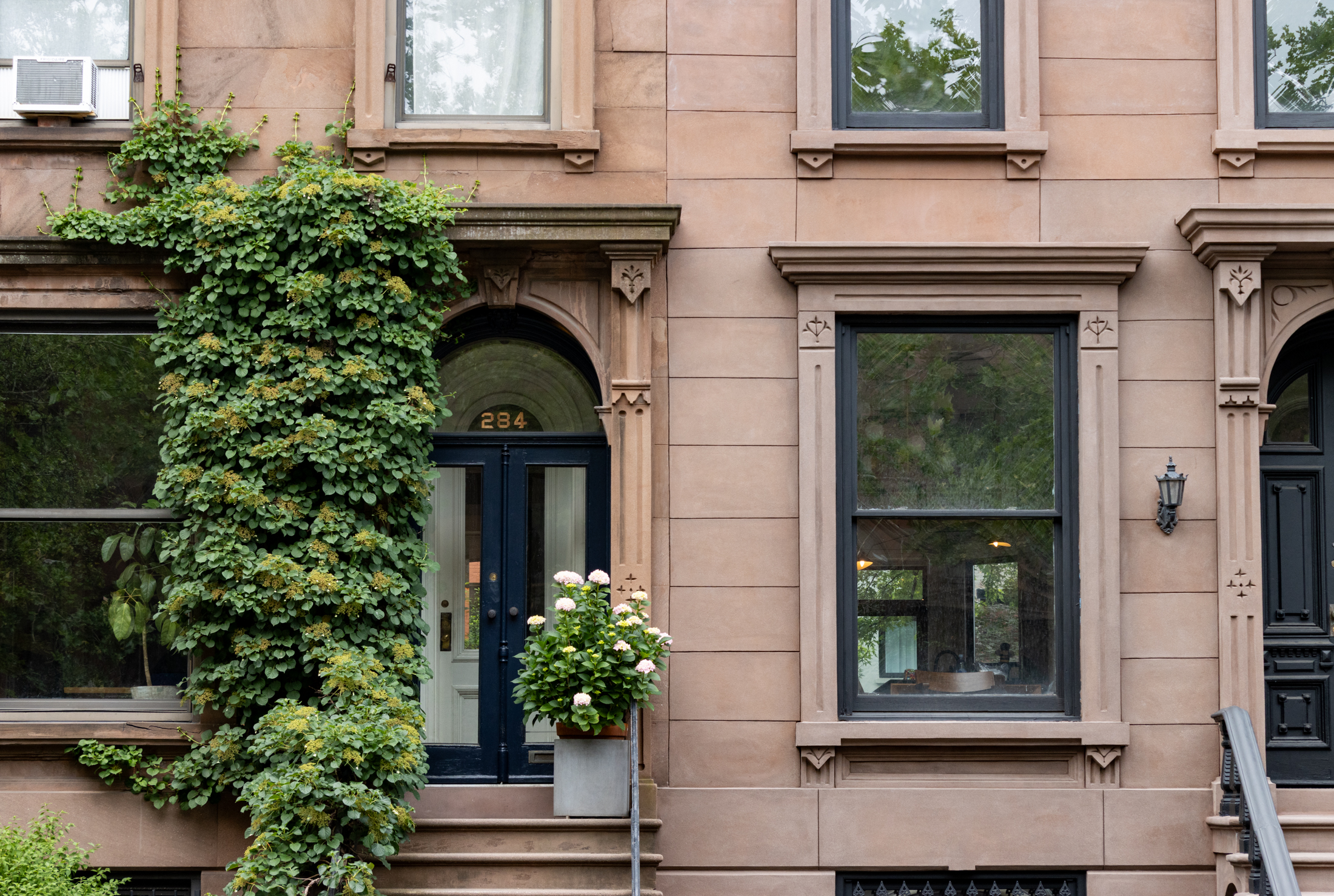
What's Your Take? Leave a Comment